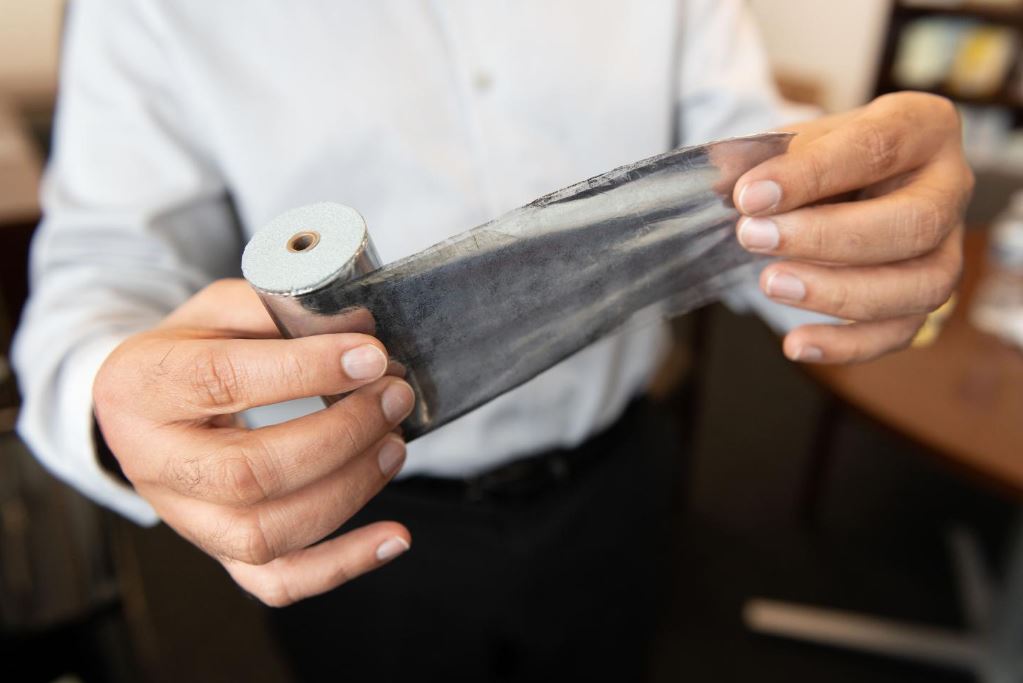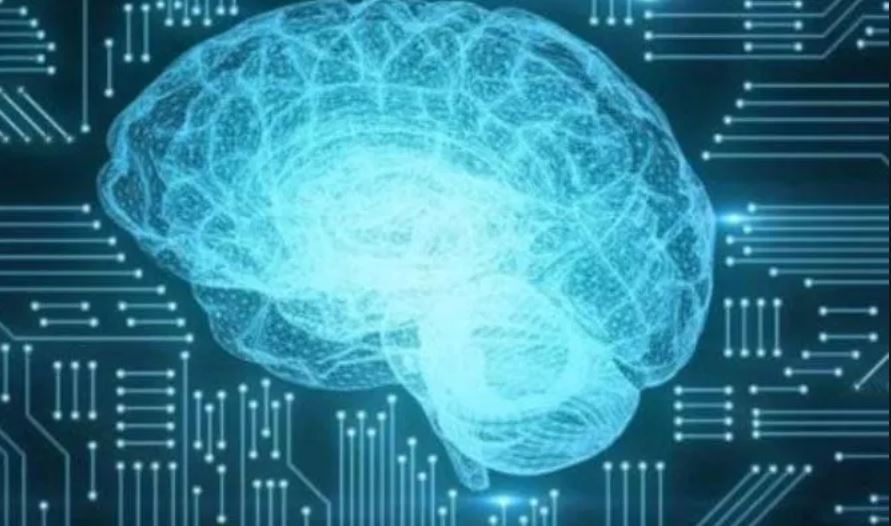
Capacitors, with their recharging speed and high energy output, may play an important role in powering future machines. Examples of machines of the future include smartphones and electric cars.
However, these energy storage devices have a major problem. They store significantly less energy than batteries of a similar size.
Researchers using machine learning
A research team from Georgia Institute of Technology have found a new way to tackle the problem. They are using machine learning to find ways to build more capable capacitors.
The researchers wrote about their work in the prestigious Nature journal npj Computational Materials (citation below). The authors were Anand Chandrasekaran, Deepak Kamal, Rohit Batra, Chiho Kim, Lihua Chen, and Rampi Ramprasad.
The method involves teaching a computer to analyze two materials at an atomic level. The materials, polyethylene and aluminum, form part of some capacitors.
The scientists focused on finding a way to analyze the electronic structure of the two materials more quickly. They were looking out for features that might affect performance.
Rampi Ramprasad, a Professor at Georgia Institute’s School of Materials Science and Engineering, said:
“The electronics industry wants to know the electronic properties and structure of all of the materials they use to produce devices, including capacitors.”
Polyethylene has a defect
Polyethylene, for example, is an excellent insulator with a large band gap. Band gap is an energy range in a solid in which no electron states can exist. However, if it has a defect, unwanted charge carriers can enter the band gap, undermining efficiency, Prof. Ramprasad explained.
Prof. Ramprasad, who holds the Michael E. Tennenbaum Family Chair and is the Georgia Research Alliance Eminent Scholar in Energy Sustainability, added:
“In order to understand where the defects are and what role they play, we need to compute the entire atomic structure, something that so far has been extremely difficult. The current method of analyzing those materials using quantum mechanics is so slow that it limits how much analysis can be performed at any given time.”
The researchers specialize in developing new materials using machine learning. They used a sample of data created from a (quantum mechanics) analysis of polyethylene and aluminum. A powerful computer used the data as input to learn how to simulate that analysis.
Machine learning superior to conventional techniques
According to a Georgia Institute of Technology press release:
“Analyzing the electronic structure of a material with quantum mechanics involves solving the Kohn-Sham equation of density functional theory, which generates data on wave functions and energy levels.”
“That data is then used to compute the total potential energy of the system and atomic forces.”
“Using the new machine learning method produces similar results eight orders of magnitude faster than using the conventional technique based on quantum mechanics.”
Prof. Ramprasad said:
“This unprecedented speedup in computational capability will allow us to design electronic materials that are superior to what is currently out there.”
“Basically we can say, ‘Here are defects with this material that will really diminish the efficiency of its electronic structure.’ And once we can address such aspects efficiently, we can better design electronic devices.”
Machine learning could analyze many other materials
This study focused on polyethylene and aluminum. However, it would be possible to use machine learning to analyze the electronic structure of many other materials.
Machine learning could also speed up the quantum mechanics analysis of other aspects of materials’ structures.
Prof. Ramprasad said:
“In part, we selected aluminum and polyethylene because they are components of a capacitor, but it also allowed us to demonstrate that you can use this method for vastly different materials, such as metals that are conductors and polymers that are insulators.”
Faster processing due to machine learning would also allow researchers to more rapidly simulate how modifications to a material might impact its electronic structure. This could potentially lead to new ways to improve its efficiency.
Citation
“Solving the electronic structure problem with machine learning,” Anand Chandrasekaran, Deepak Kamal, Rohit Batra, Chiho Kim, Lihua Chen, and Rampi Ramprasad. npj Computational Materials 5, Article number 22 (2019). DOI: https://doi.org/10.1038/s41524-019-0162-7.
What are machine learning and artificial intelligence?
Machine learning is an artificial intelligence application that gives smart machines the ability to learn from experience. In other words, they learn and improve on their own, without human intervention.
Artificial Intelligence refers to software that makes computers, robots, and other devices think like us (humans). It also makes them behave like us.
If it cannot perform at least as well as a human, we should not call it AI, say many experts.

